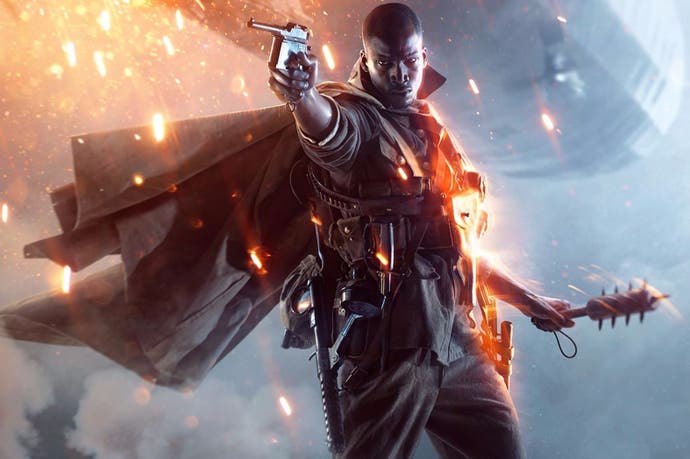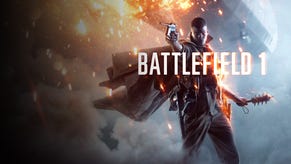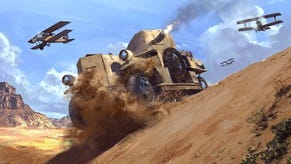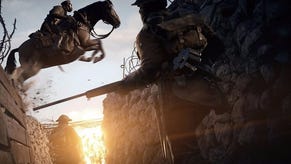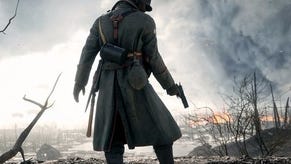Face-Off: Battlefield 1
Battle royale.
Battlefield 1 combines the technical spectacle of the Frostbite engine with a return to the large-scale environmental destruction that made the Bad Company titles so popular. It's one of the most significant upgrades for the series since it arrived on current-gen consoles, and DICE backs this up with a range of technical improvements across all platforms. The core technology is immediately familiar, but visual effects are considerably ramped up with lighting, post-processing and particle effects taking centrestage.
The console versions also get a noticeable boost in resolution that immediately provides better image quality over previous Battlefield games, while still allowing the developer to target 60fps gameplay. For the console releases, PlayStation 4 has the edge here, although when it comes to performance, Xbox One hands in a better experience with higher frame-rates under load. It's an interesting situation that essentially requires owners of both platforms to prioritise either image quality or performance, particularly when playing online.
In previous Battlefield titles, both consoles operate at fixed framebuffers below the desired native 1080p resolution. The PS4 version runs at 900p, while on Xbox One this was lowered to 720p. However, in Battlefield 1 both consoles now operate using a dynamic framebuffer, adjusting rendering resolution according to load. The baseline resolution comes in at around 1000p on PS4, dropping down to 900p, with pixel counts adjusting up and down in smaller increments. By comparison, resolution on Xbox One stabilises at 900p, falling to 720p in demanding scenes. This leads to a consistently sharper image on PS4, where intricate texture details resolve more cleanly. In fact, at 1000p the presentation often looks very similar to a native 1080p image.
That said, the Xbox One version can also deliver pixel counts around 1000p in some situations, delivering image quality on par with PS4. However, this is limited to scenes with short draw distances and detail, so doesn't occur too often during regular gameplay. Either way, the switch to a dynamic framebuffer clearly improves image quality across both consoles; PS4 gets a pretty crisp image, while the jaggies previous seen on Xbox One at 720p are mostly absent, though the presentation is still rather soft.
Outside of resolution, both consoles generally hand in a similar presentation with regards to asset quality and effects work. Streaming is a touch faster on Xbox One in some scenes, with debris and textures slightly faster to load, but mostly the two versions appear very closely matched, and at times lower resolution assets can creep in on Xbox One too. By our reckoning, DICE is using presets mostly in line with the medium setting on PC as the graphical baseline on consoles, with some effects lifted from both high and low settings.
For example, core texture detail matches up to the PC version using ultra settings, with consoles only missing out on extra detail layers across some parts of the environment (perhaps due to a reduction in terrain quality). Meanwhile, motion blur is a close match to low, featuring more break up across edges, while undergrowth quality varies on a scene by scene basis, seemingly switching between high and medium levels of detail. Terrain quality also uses a combination of medium and low settings.
By tweaking visual parameters on a scene-by-scene basis, the console versions often appear reasonably close to the PC release running with higher settings in place. Refinements are lacking in a few areas, but the core look remains fully intact and detail levels are still impressively high. However, on closer inspection it's clear that the PC version delivers a considerable upgrade in certain areas. Terrain quality stands out as the most obvious upgrade, with the ultra preset seeing much more in the way of debris and rubble littered across the ground. Landscape geometry is also sculpted slightly differently too in places, helping to add more densely packed details across the game. Similarly, undergrowth quality at ultra populates the fields and rural landscapes with increased grass draw distance and density, whole extra foliage is also dotted about the scene.
There's a sense of more intricacy to the war-torn landscapes on the PC version at max settings, with extra details, particles, and other elements fleshing out the world on a level not possible on consoles. The extra level of refinement is tangible when playing at 1080p, but really stands out when moving up to higher resolutions - such as 4K - where the extra pixel count complements the high quality assets and effects on show when running maxed out. With an update apparently on the cards for PS4 Pro, there is the potential for some of these upgrades to arrive on console in addition to improvements to performance, though expect native 4K support to be off the cards.

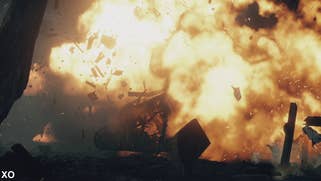
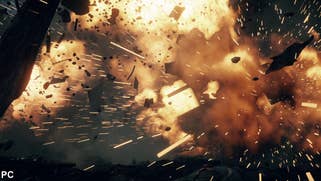
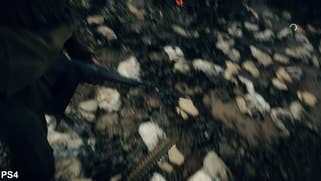
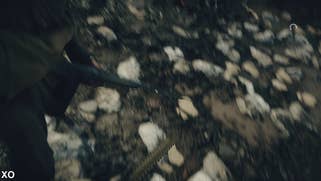
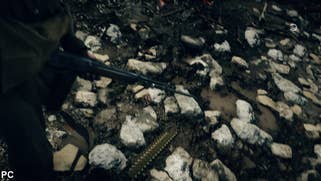
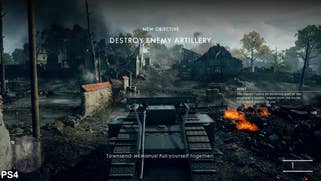

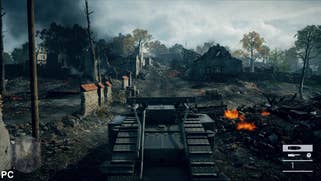


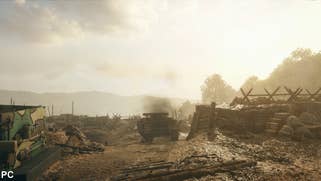
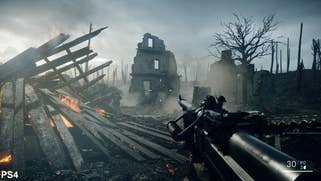
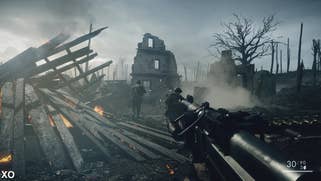


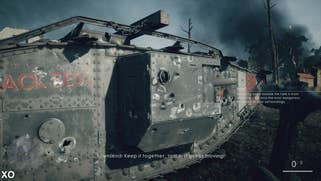

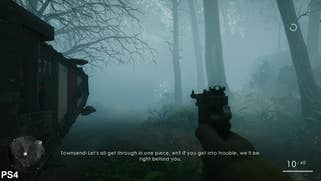

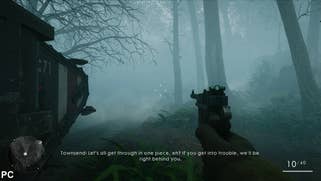
Beyond this, the usual upgrades are present on PC, such as higher resolution shadows, improved draw distances, higher precision post-processing, and faster asset streaming. In particular, the use of extra physics-based particles during explosions really adds an extra level of intensity when buildings and vehicles are blown apart by mortar shells and tank cannons. Meanwhile higher precision depth of field and motion blur deliver more clarity to these cinematic effects with fewer artefacts.
It's worth pointing out that there are only mild differences when moving between high and ultra presets, so there is some room to lower individual settings to increase performance without obviously compromising on graphical quality. This is something that will certainly benefit owners of older mid-range GPUs that still want to achieve a 60fps lock and get a great visual experience that comfortably exceeds the PS4 and Xbox One versions.
As we've seen with previous Frostbite engine games, Battlefield 1 is designed around targeting a 60fps update, and for the most part both consoles deliver a smooth and extremely playable experience across the single-player campaign. General combat plays out with only a few small frame-rate dips on occasion, but nothing particularly intrusive and gameplay feels very consistent during these moments. That said, when the action heats up we do see more significant drops in performance, which lower frames down to low 50s or high 40s. Much of the time, both consoles are affected to a similar degree, particularly when there are plenty of alpha effects on-screen or during physics-based destruction. It's not a major problem, though it does mean that the action doesn't always appear silky smooth.
However, there are times when the Xbox One version gains a clear lead, with milder drops in performance during demanding scenes. A combination of long draw distances, alpha effects and multiple enemies on-screen appear to be the cause here, with PS4 sometimes falling around 14fps behind. This does lead to a smoother run of play across Microsoft's system when the engine is more heavily pushed, although there are plenty of times when both machines hand in a similarly fluid experience. The PS4 version doesn't feel overly compromised during the campaign, and the game remains very playable throughout.
Moving onto online multiplayer, the operations mode provides a good stress test for both consoles during regular gameplay. Here we find the biggest maps the game has to offer, supporting up to 64 players, along with various vehicles and plenty of fully-fledged environment destruction. It's Battlefield 1 at its very best and an absolute riot to play. Here, the gap between PS4 and Xbox One widens as wide-open draw distances and bombastic alpha effects see frame-rates hit harder on Sony's platform.
We're looking at around 40-45fps during a general run of play, though drops down into the 30fps are commonplace in demanding moments where the engine is stressed. The experience lacks the silky-smooth feel often present during the campaign and other multiplayer modes, with judder and weightier controls cropping up when performance is impacted.
Performance also varies frequently on Xbox One, though drops in frame-rate are less significant during general gameplay. Quiet moments see 60fps sustained for short periods, but mostly we're looking at between 50-60fps as we traverse the massive maps in operations mode. Sure enough, noticeable drops down to the mid-forties still occur, though less frequently than on PS4 - and as a result the experience when playing online is definitely smoother.
That said, when moving into smaller maps with lower player counts, performance falls back into line with the campaign. A solid 60fps is held for extended periods with only a few small drops in frame-rate appearing during moderate skirmishes, while larger confrontations see dips down to the 45fps mark, though only for short periods. Both consoles generally perform to similar standards here, with Xbox One gaining an advantage in more demanding scenes. However, the experience here is generally excellent with smooth frame-rates and crisp controller response.
Naturally, it's possible to power past these limitations on PC and achieve a solid 60fps at various resolutions, and the good news is that this doesn't require ultra high-end hardware to do so. For example, hitting a locked 60fps at 1080p during the campaign is possible using an RX 480 with ultra settings, and there is enough headroom to potentially target 1440p, though not with completely solid frame-rates. The GTX 1060 delivers a reasonably comparable experience at 1080p, though the card is prone to some noticeable frame-rate drops down to around 45fps in the most absolute taxing of scenes.
Moving up to 4K provides an incredible leap over consoles and running at a solid 60fps the experience is incredible. This requires significant GPU power to achieve, but a single GTX 1080 has enough headroom to deliver a 60fps lock at UHD resolution. It's here where the assets and effects work at ultra settings really stand out, showing the Frostbite engine at its best. It's also worth pointing out that the Frostbite engine tends to favour AMD cards, especially when using DirectX 12, so we'd suggest Nvidia users to go with DX11 for the best performance. Graphical features are the same between both APIs, but performance varies significantly across both companies' GPUs.
Battlefield 1 - the Digital Foundry verdict
Over the last few years DICE's titles have been a know quantity, with consoles and PC delivering a familiar experience when it comes down graphical quality and performance. However, changes are made with Battlefield 1, resulting in an interesting release from both gameplay and technical perspectives.
In the case of the console versions, the switch to a dynamic resolution delivers a marked improvement in image quality, and while the PS4 still has the edge here, the Xbox One can match Sony's system on occasion. Performance favours Xbox One though, and gameplay comes across as smoother on the console in both campaign and online multiplayer modes. That said, frame-rates during the epic 64-player operations mode could be smoother across both systems, with unwelcome dips down into the 30fps range that distract at various points across both consoles.
Overall, from a console perspective, the experience is certainly smoother on the Xbox One, though this does come at the expense of image sharpness due to the game running at a lower resolution much of the time. In this case, it's a worthy trade off as online matches ideally require high frame-rates for consistent competitive gameplay, although the situation isn't ideal on either platform. It's a different story in the impressive campaign though - performance is much more consistent here and Xbox One's frame-rate advantage isn't as pronounced as PS4's persistently higher resolution.
These are considerations that we don't have to make on the PC version, and with the scalable nature of the Frostbite engine, Battlefield 1 is well equipped to run smoothly across a wide range of hardware configurations, especially when the resolution scaler is utilised. The latest mid-range GPUs deliver a great experience at 1080p targeting 60fps, while 1440p and even 4K gaming is within reach - where DICE's top-notch technology simply looks sensational.
